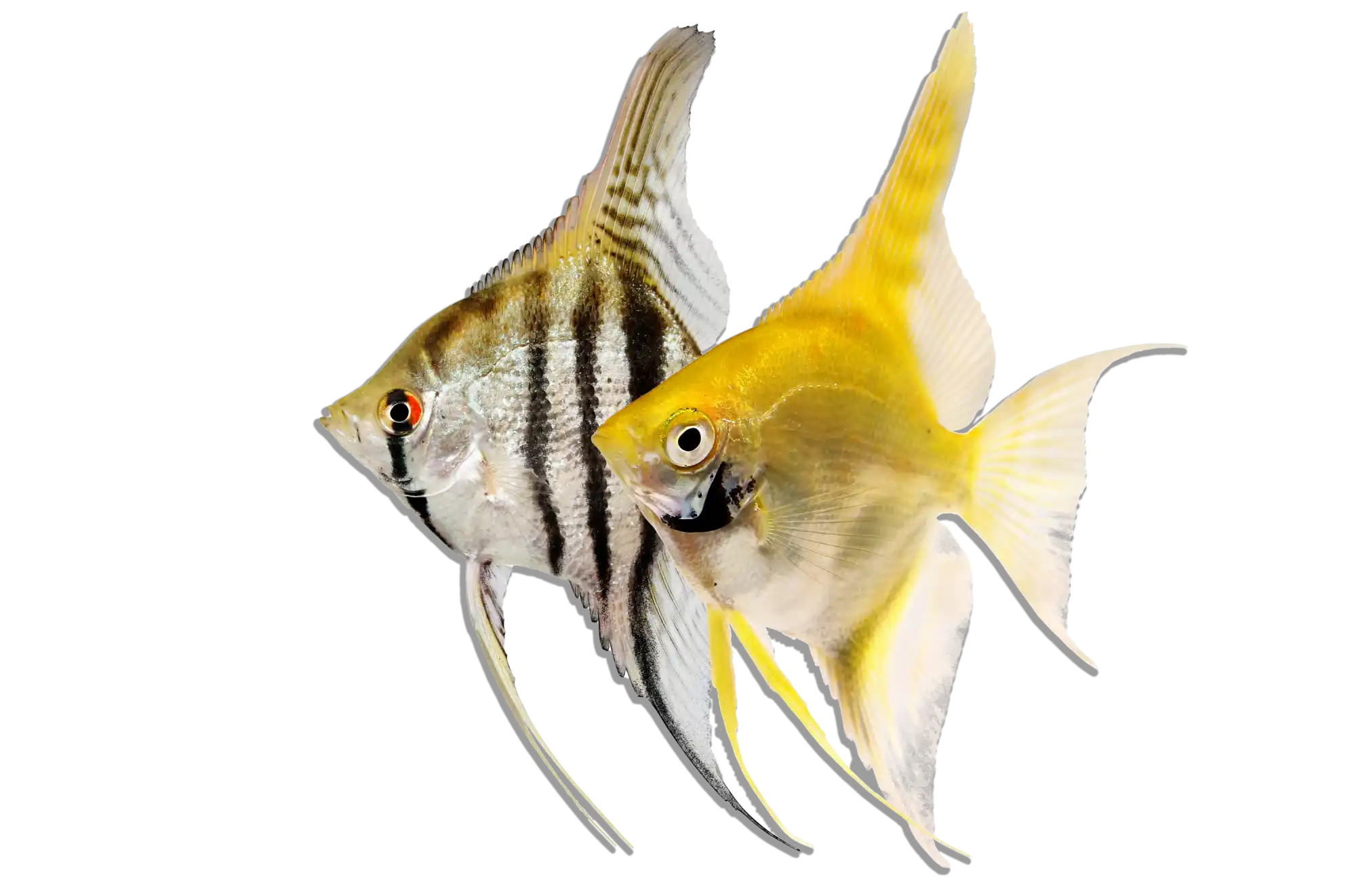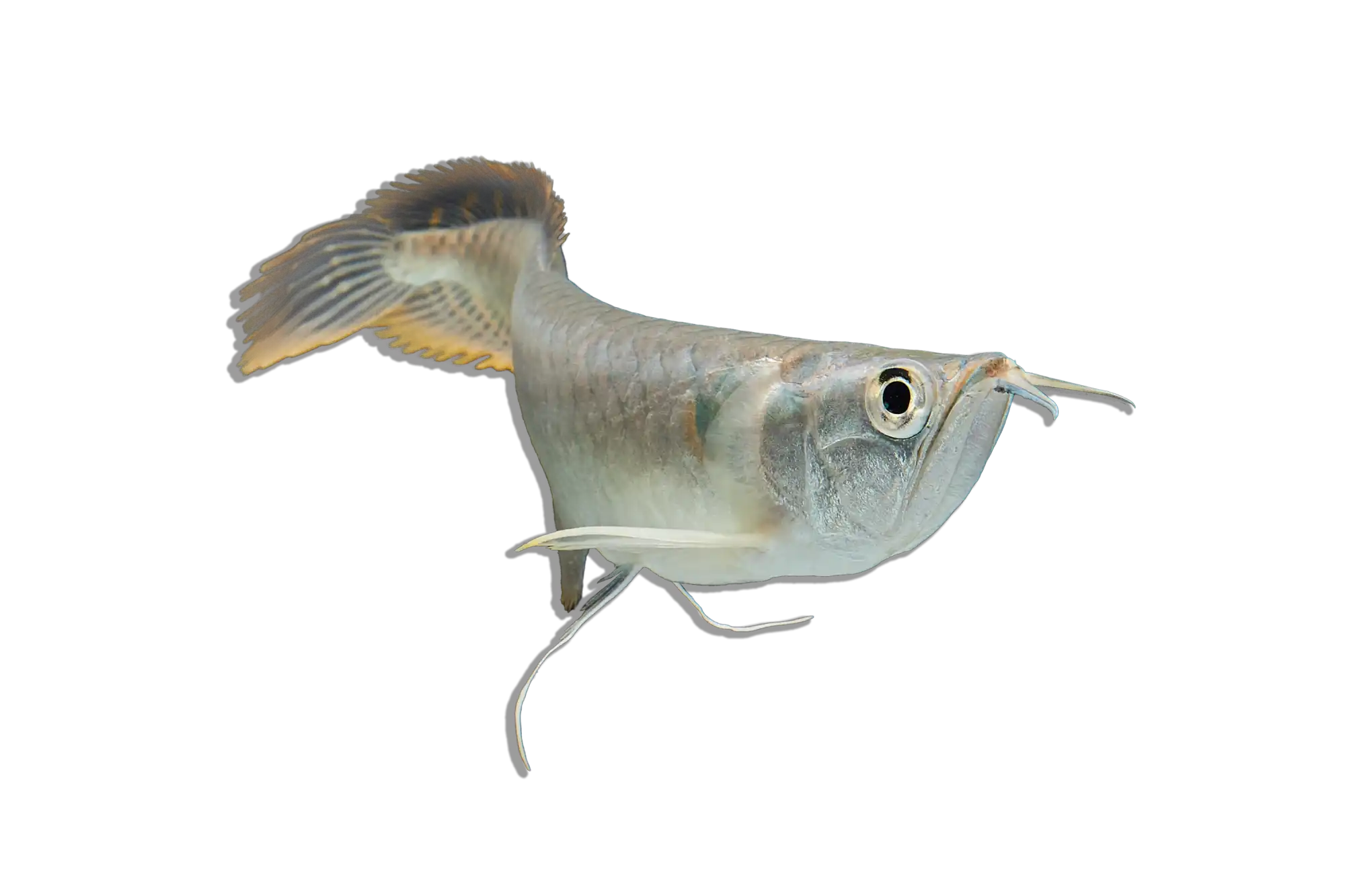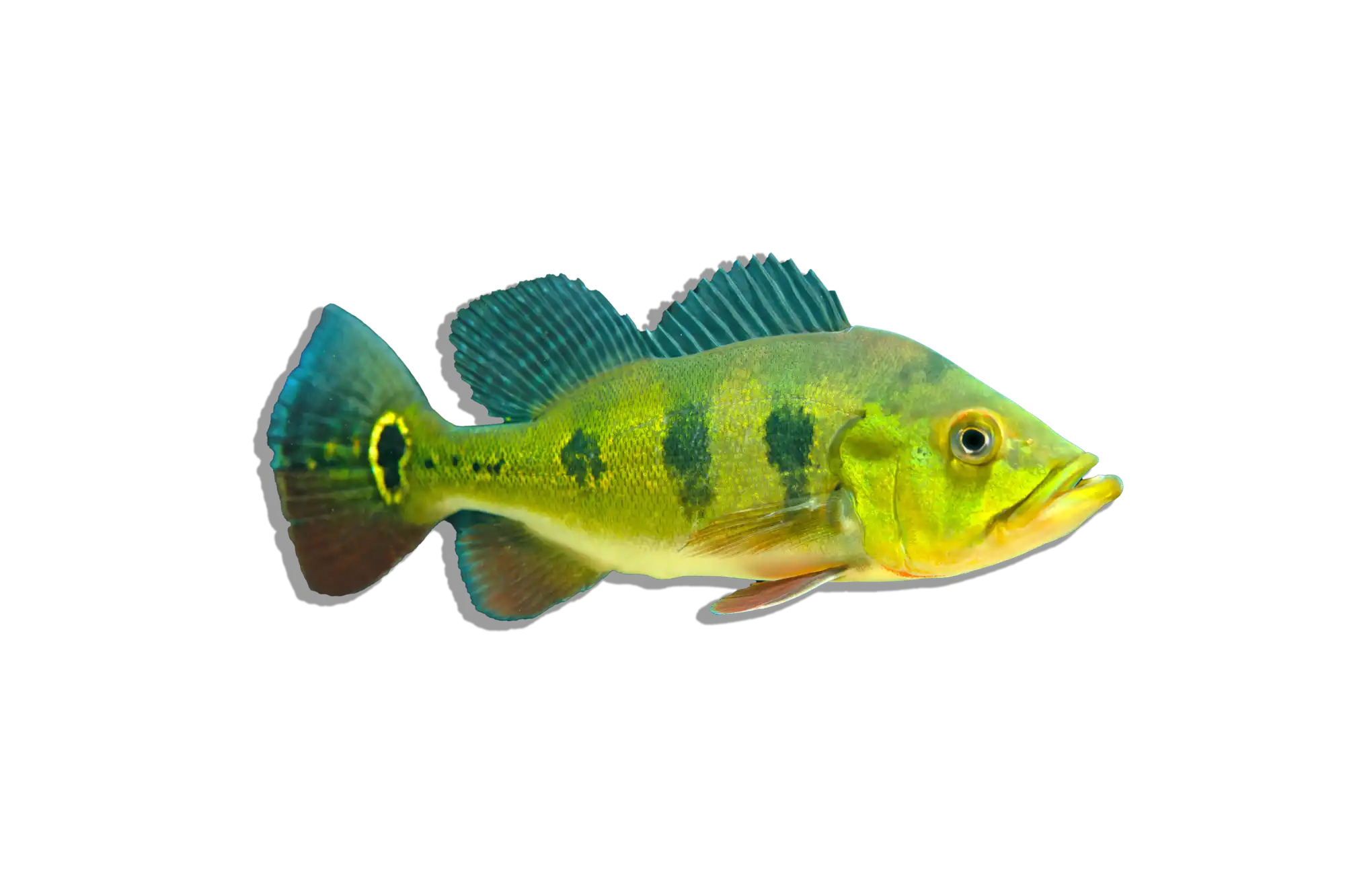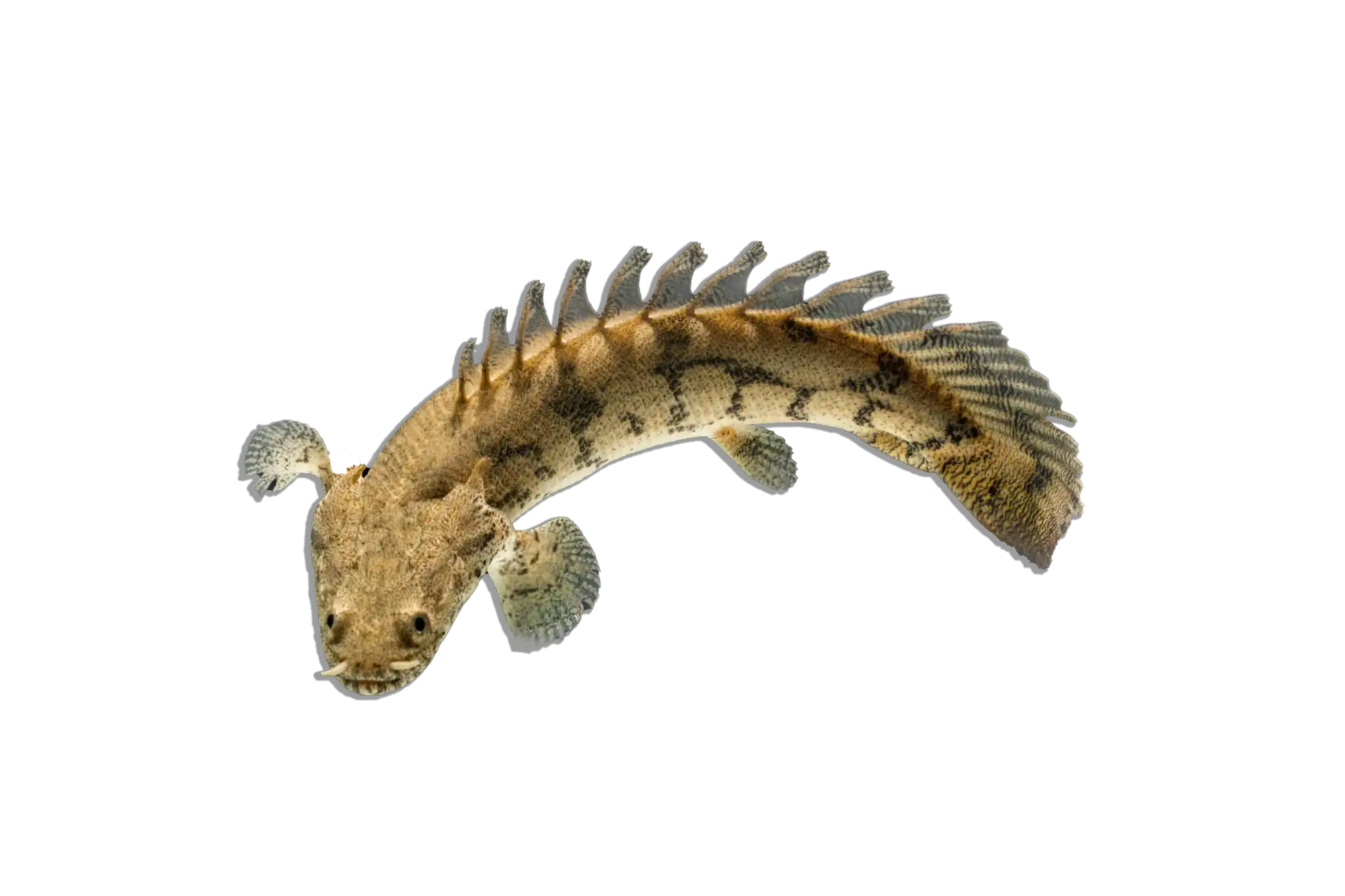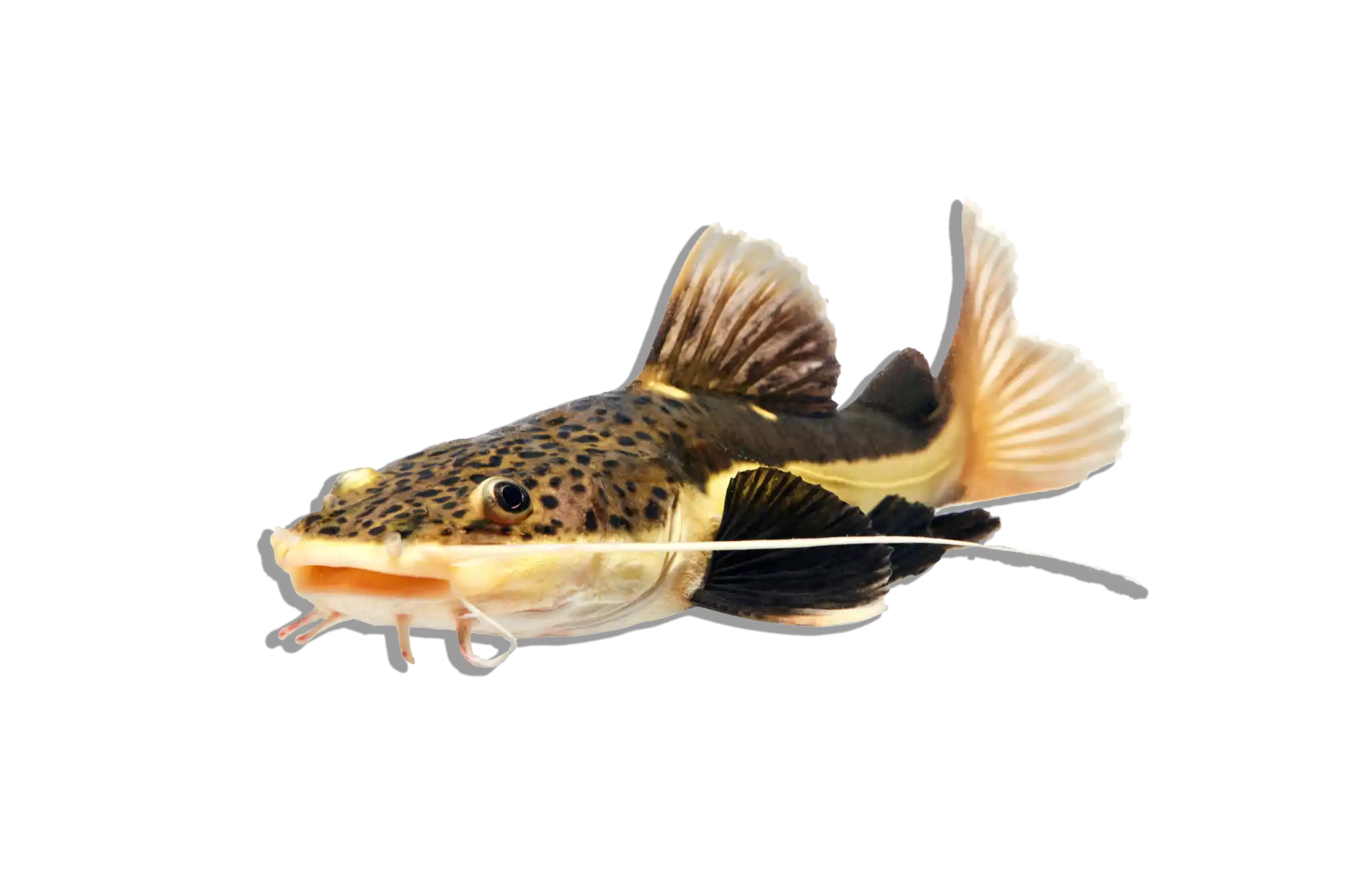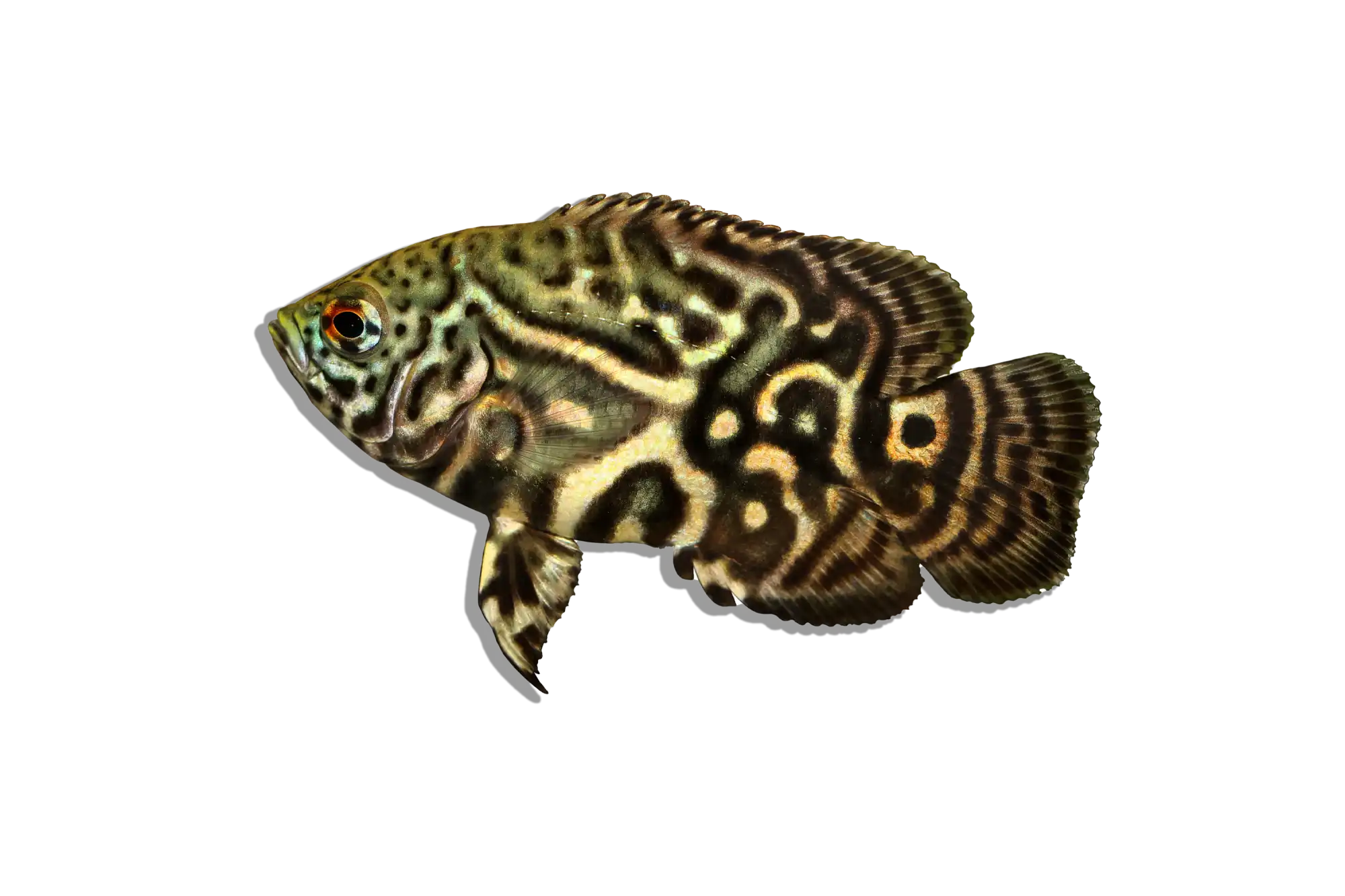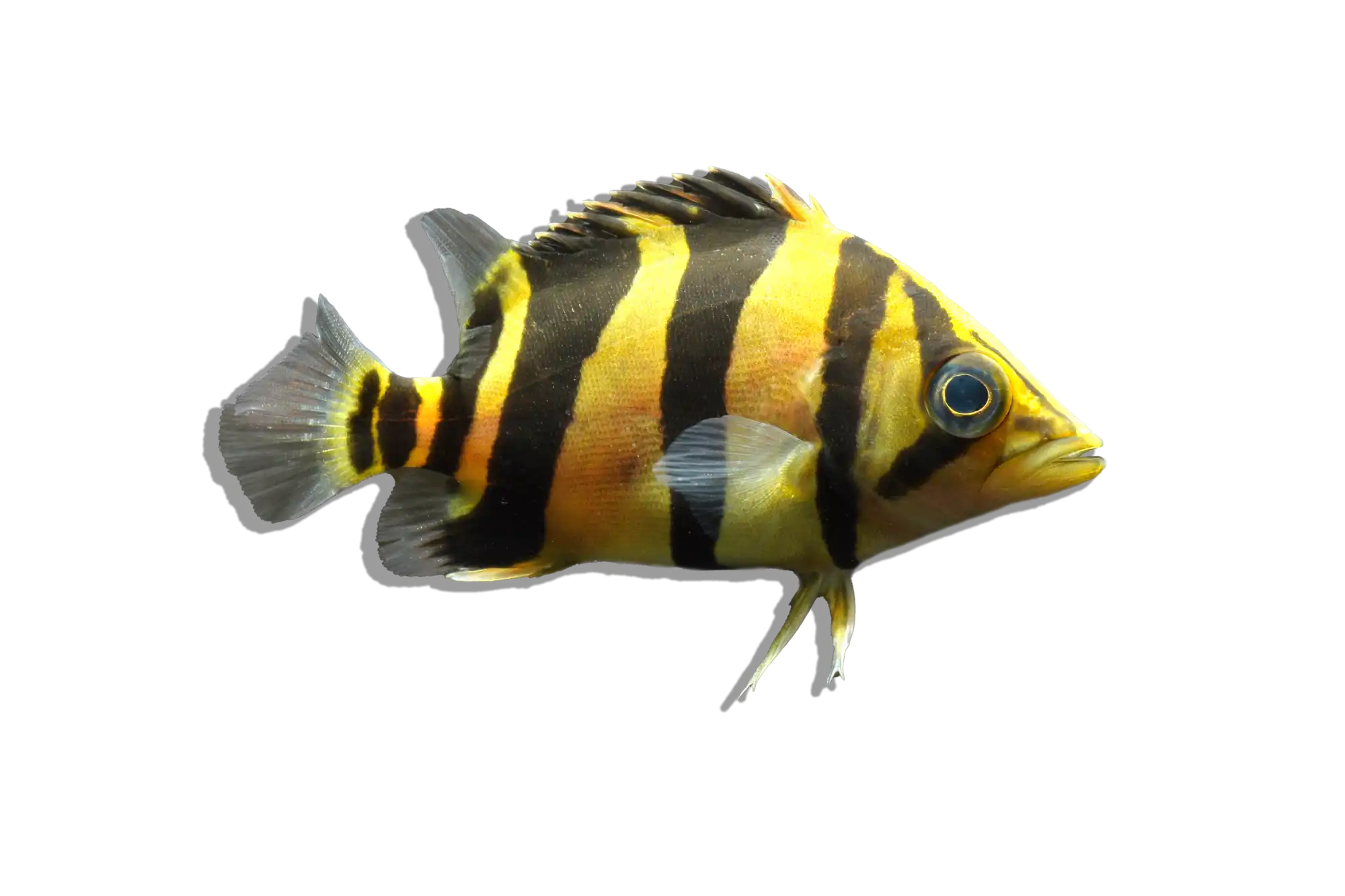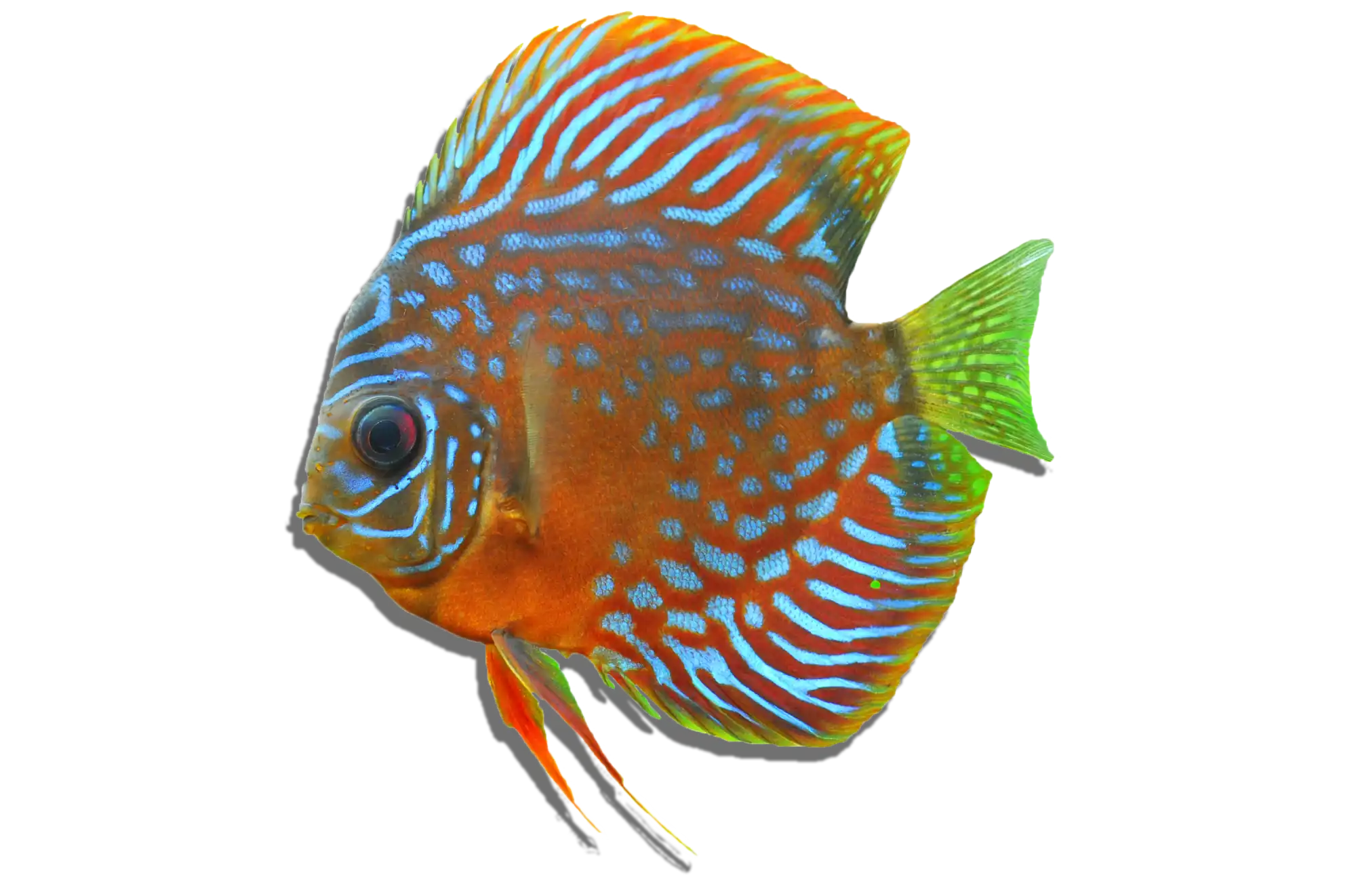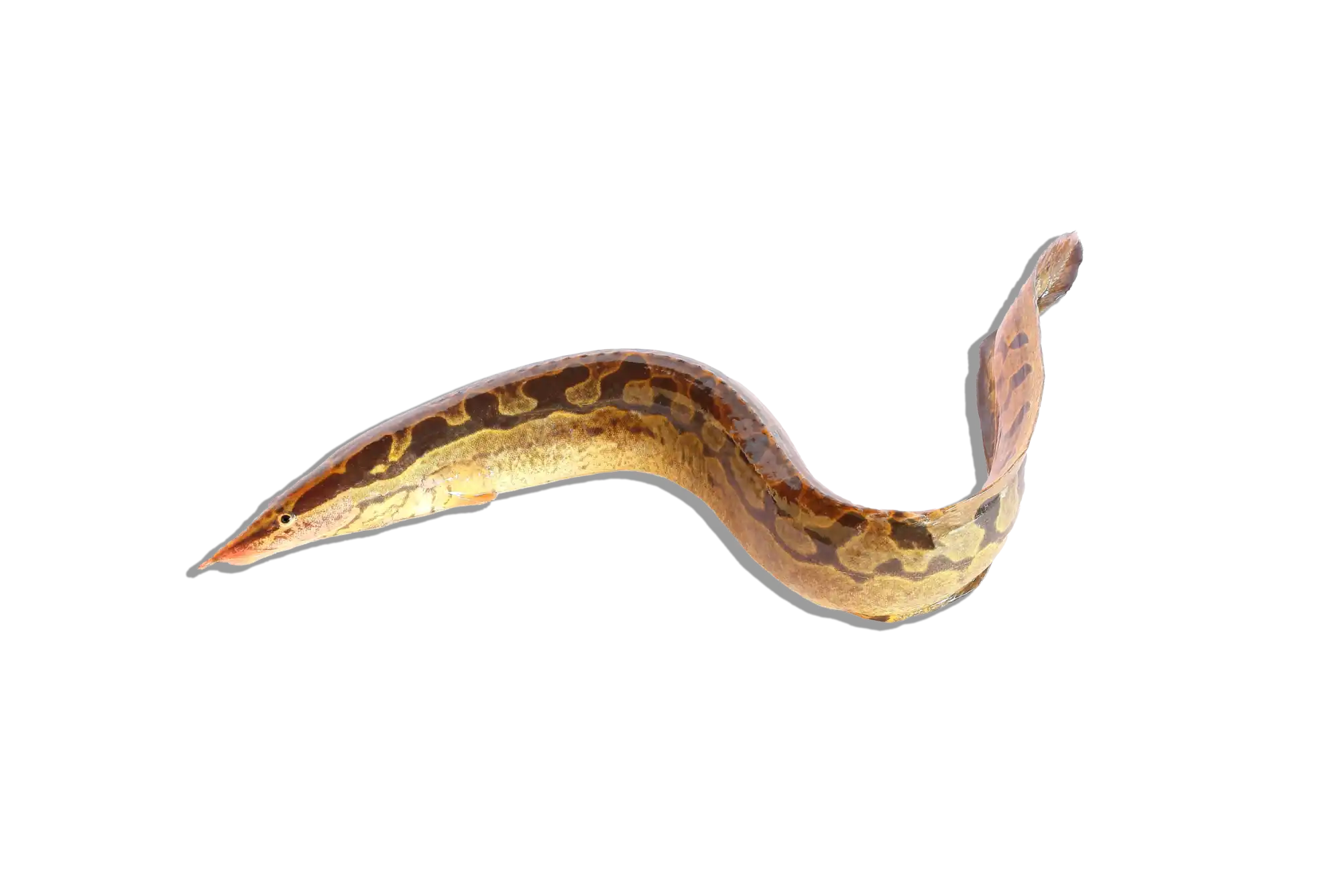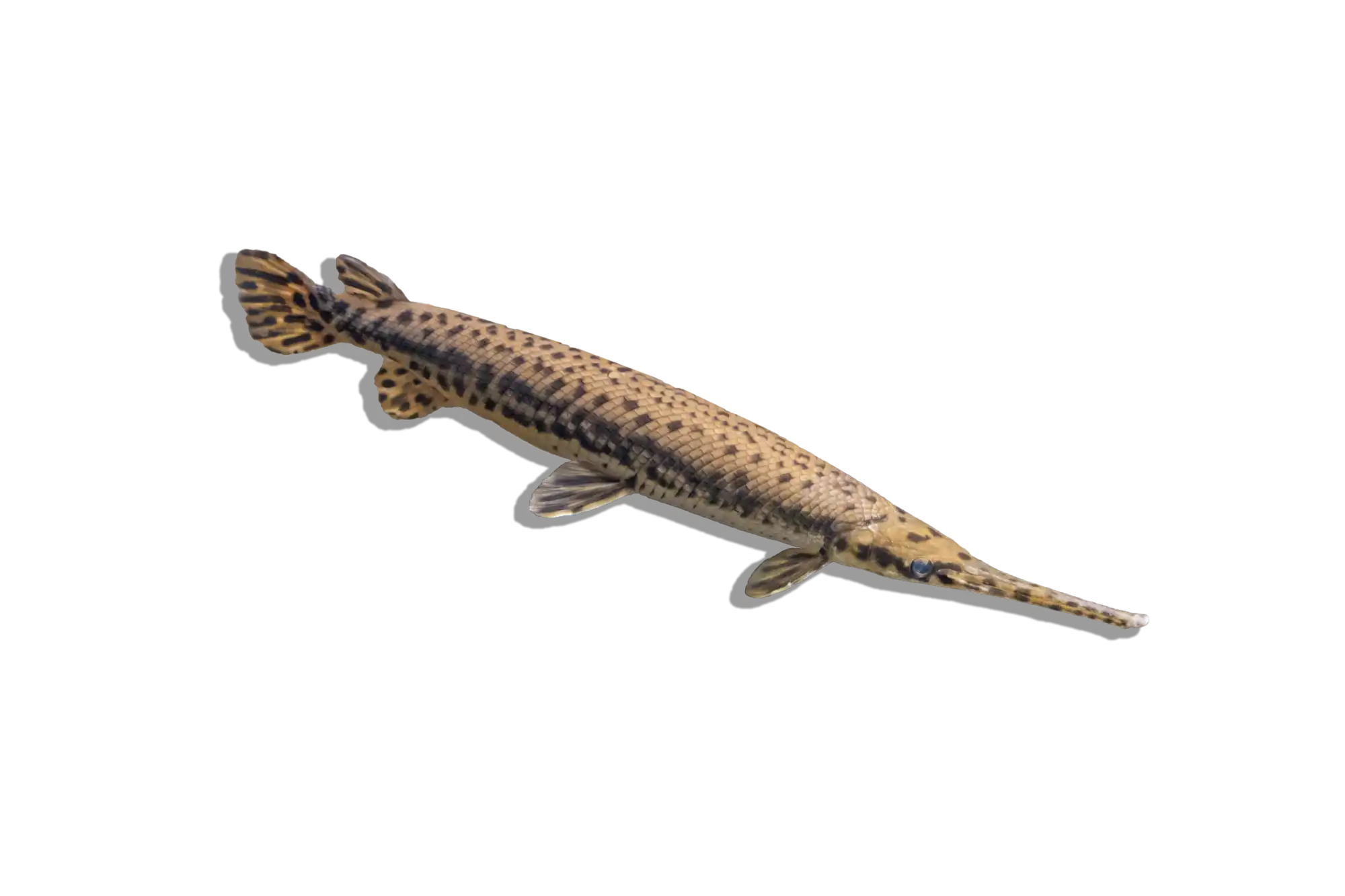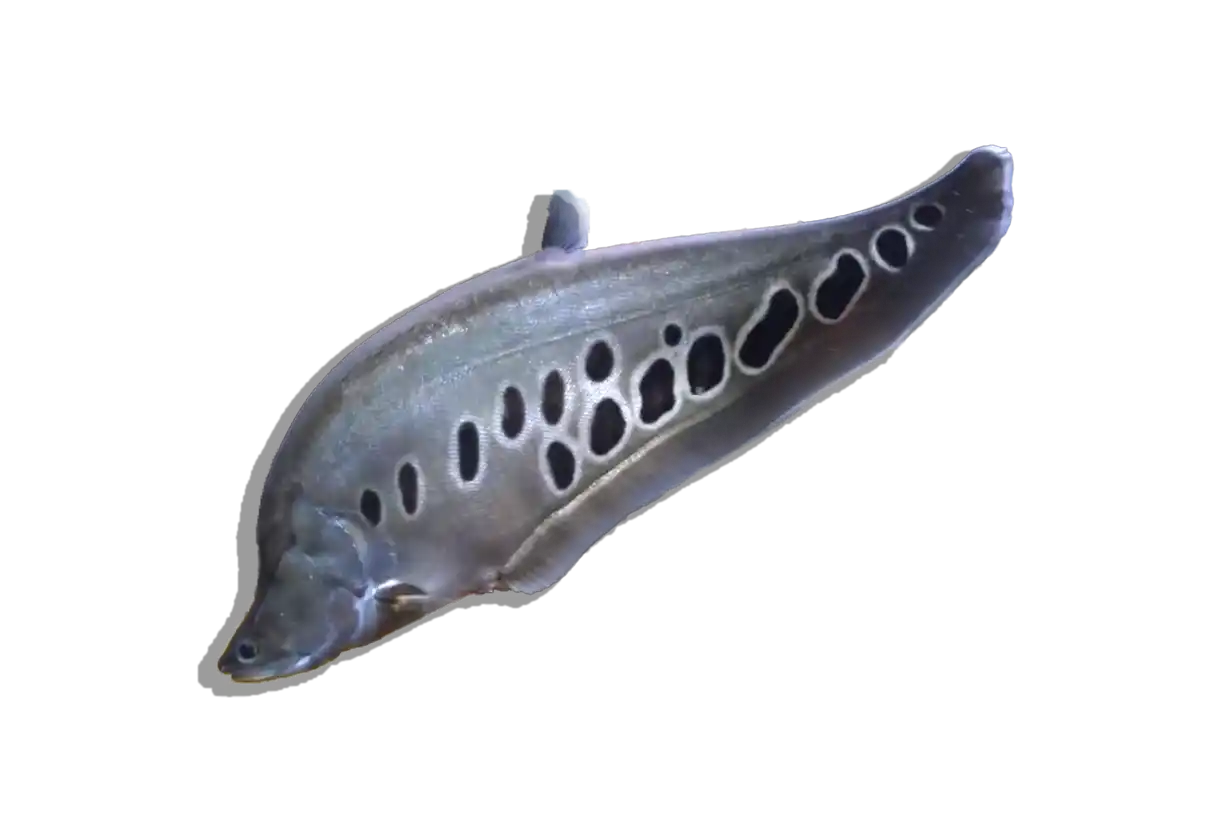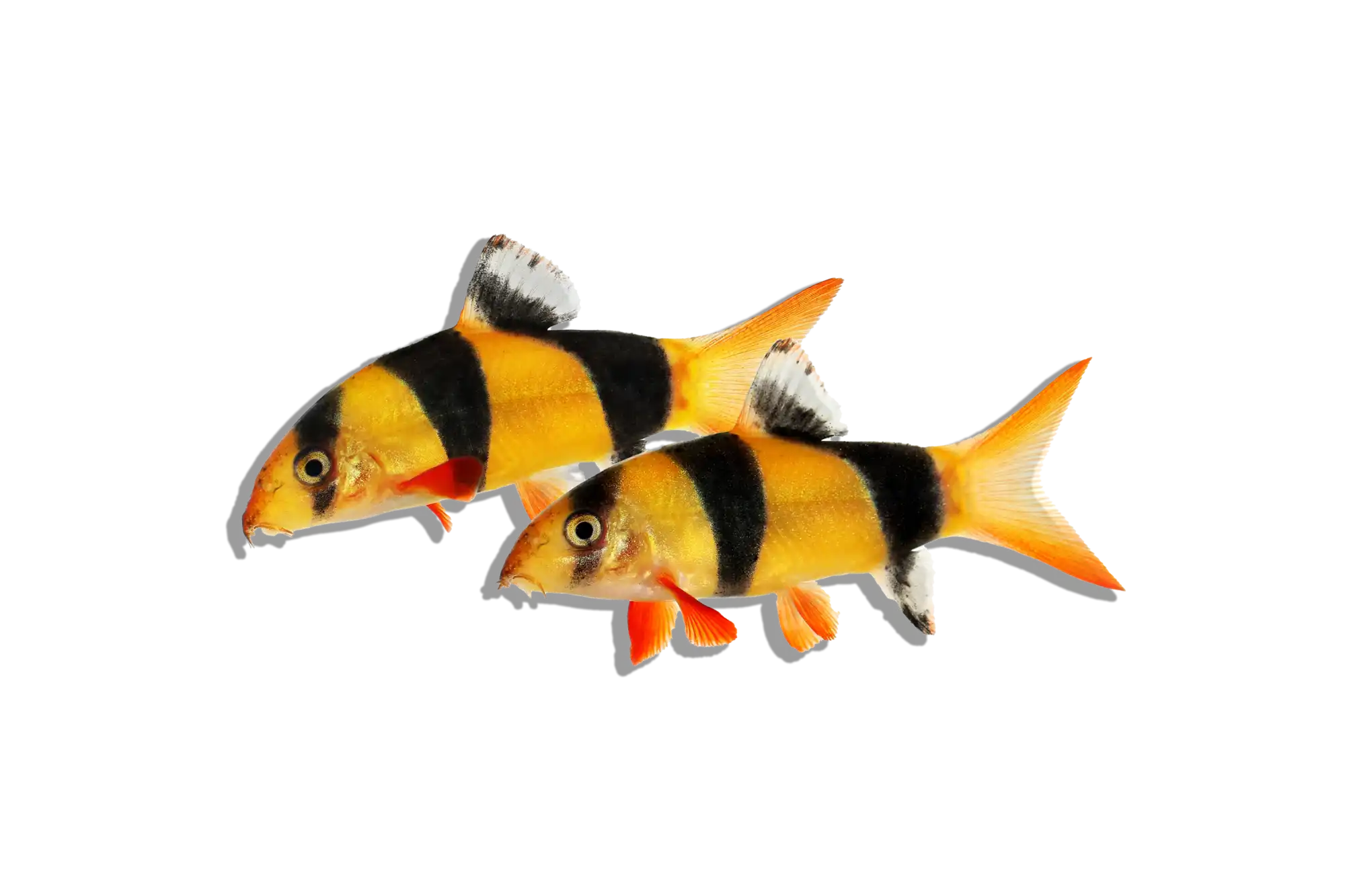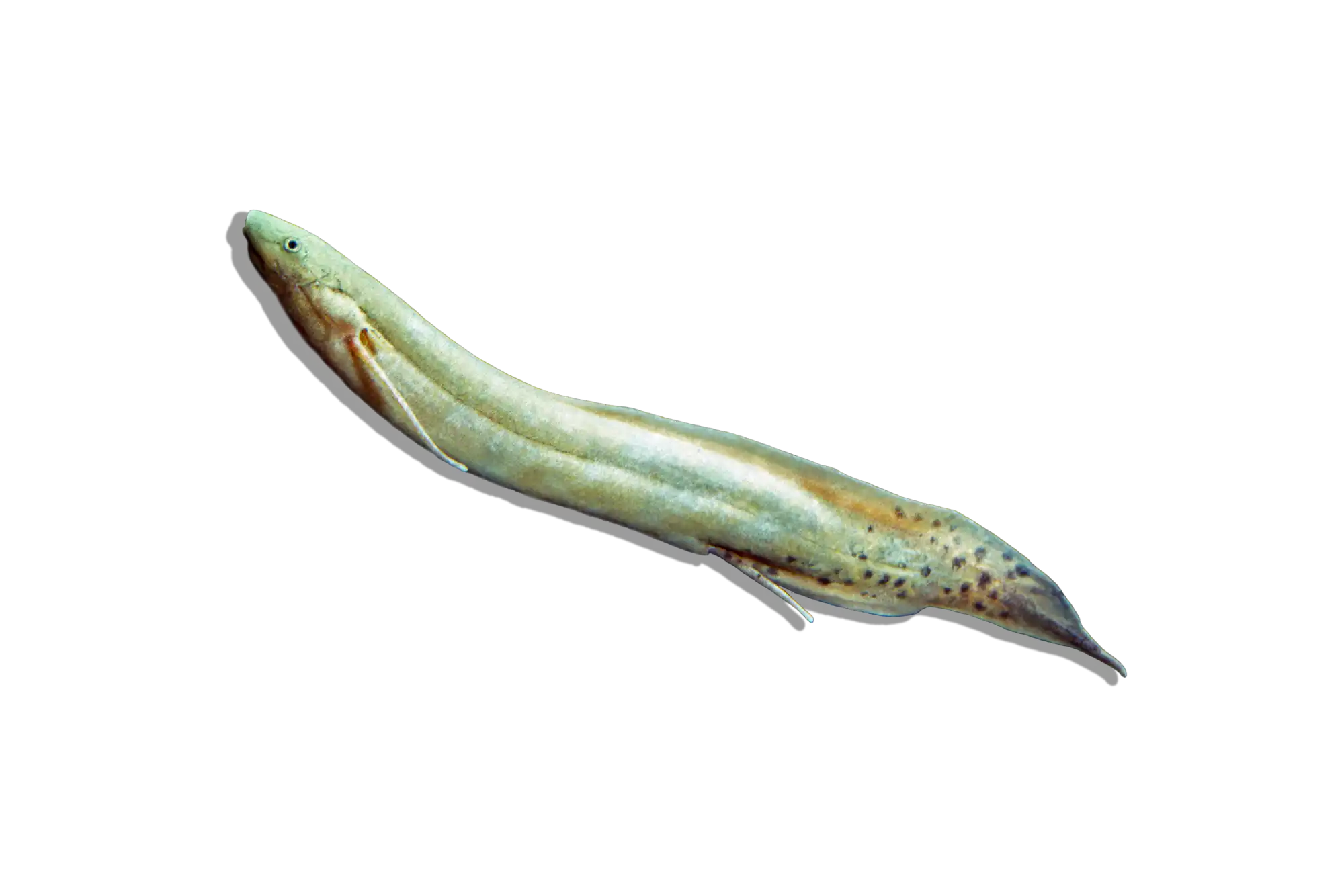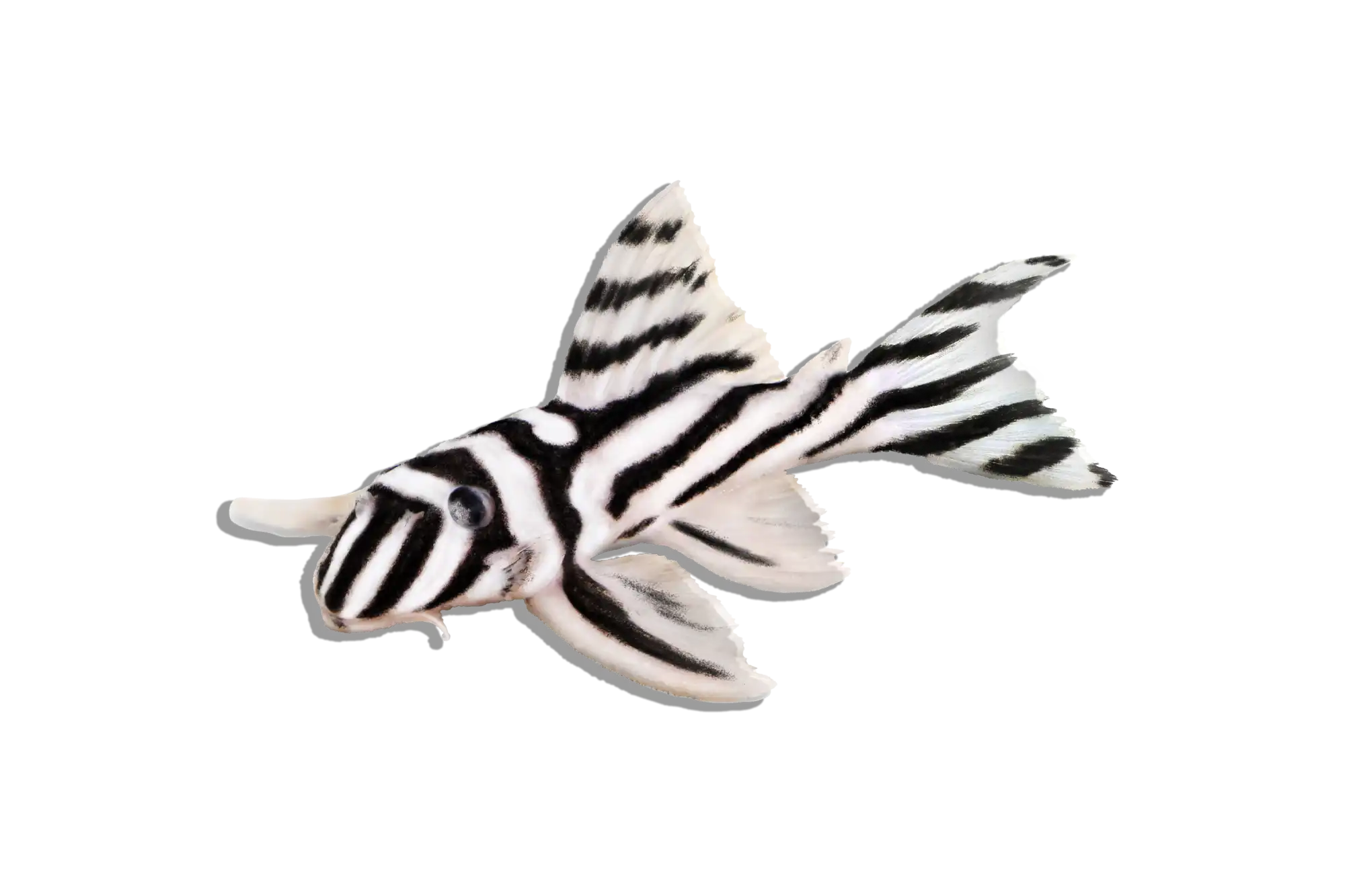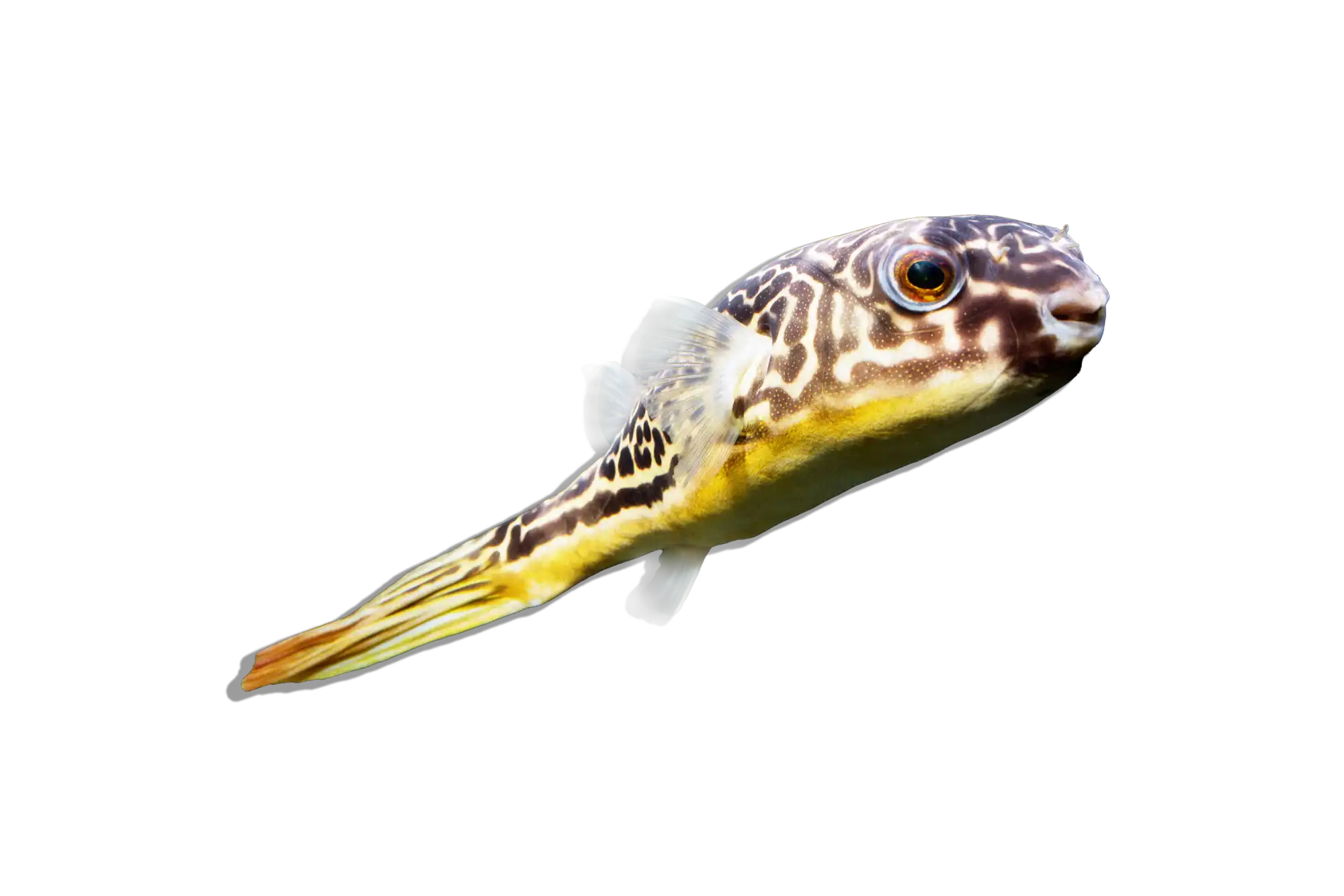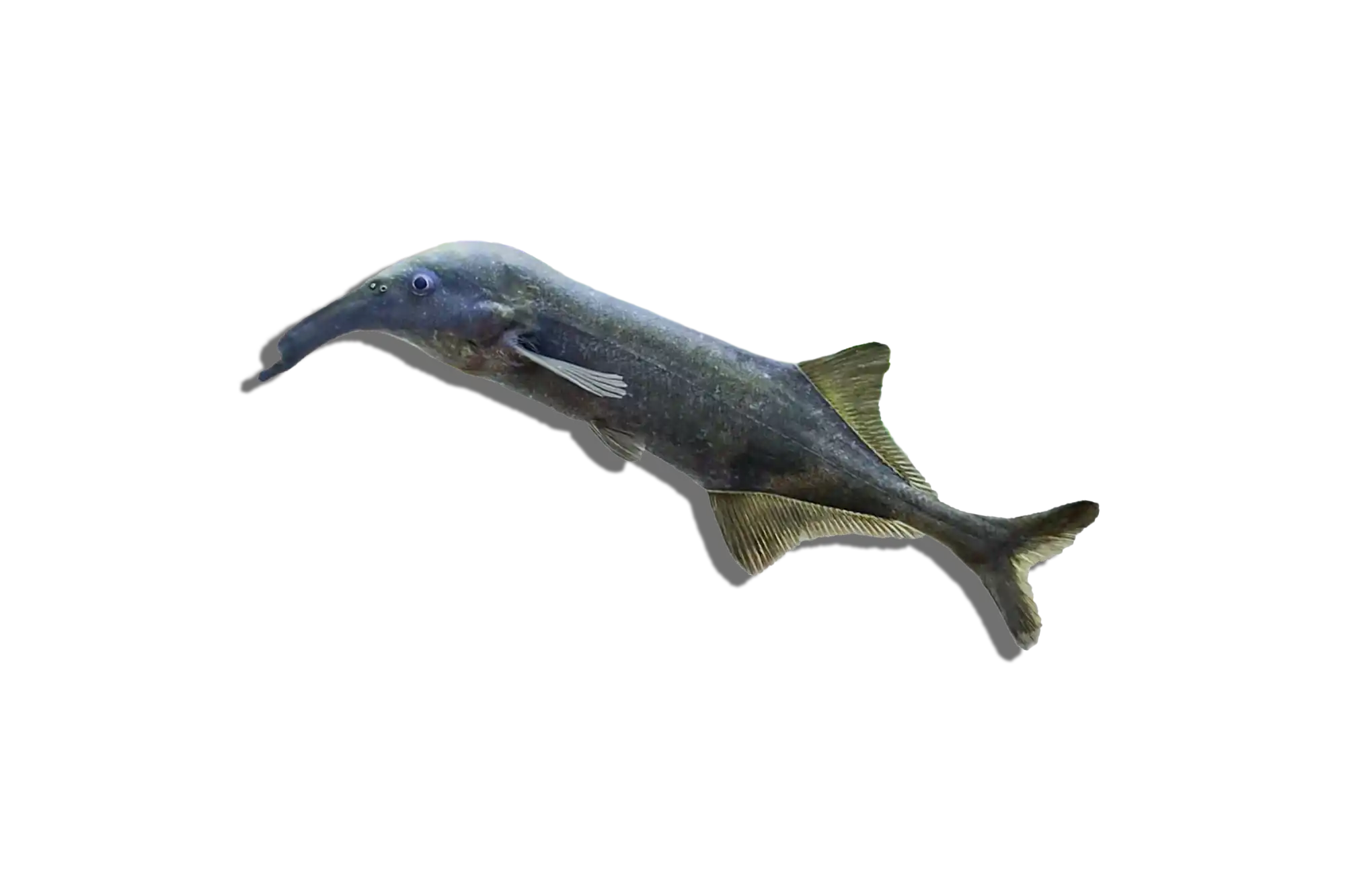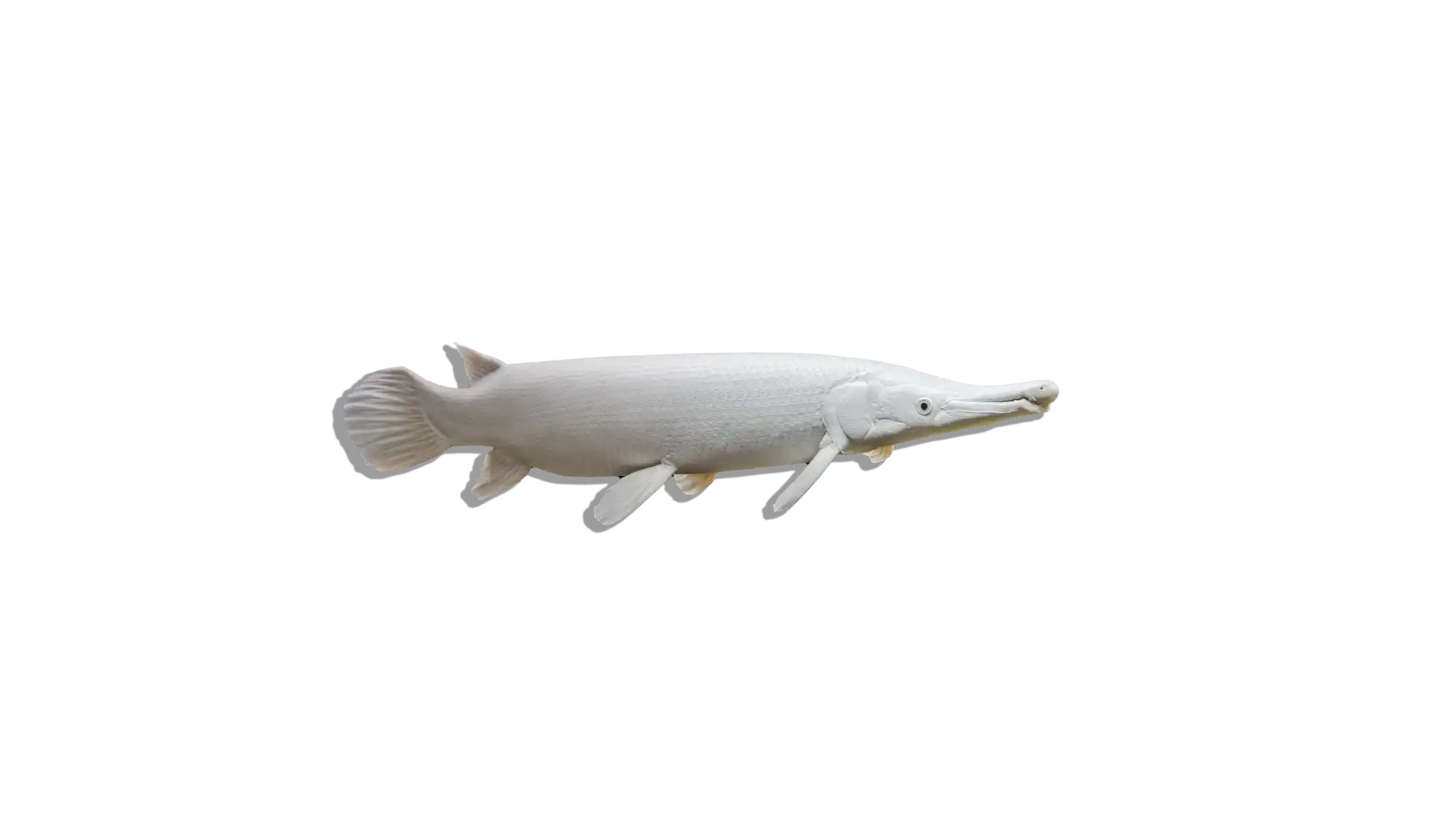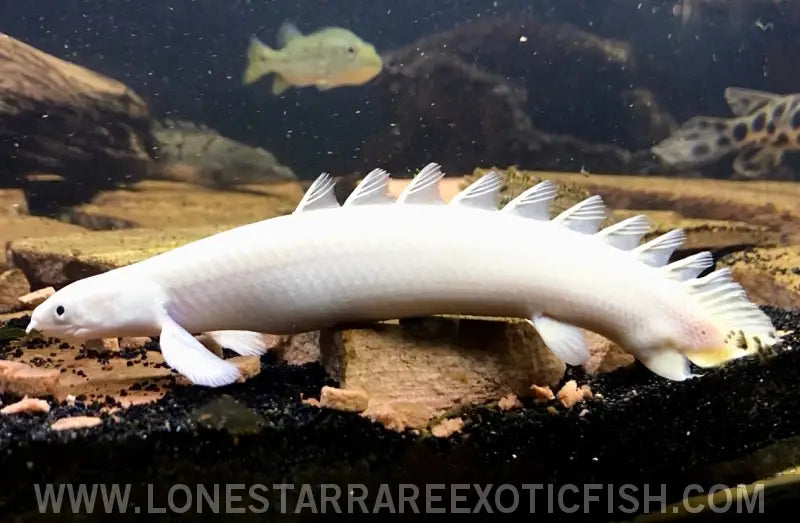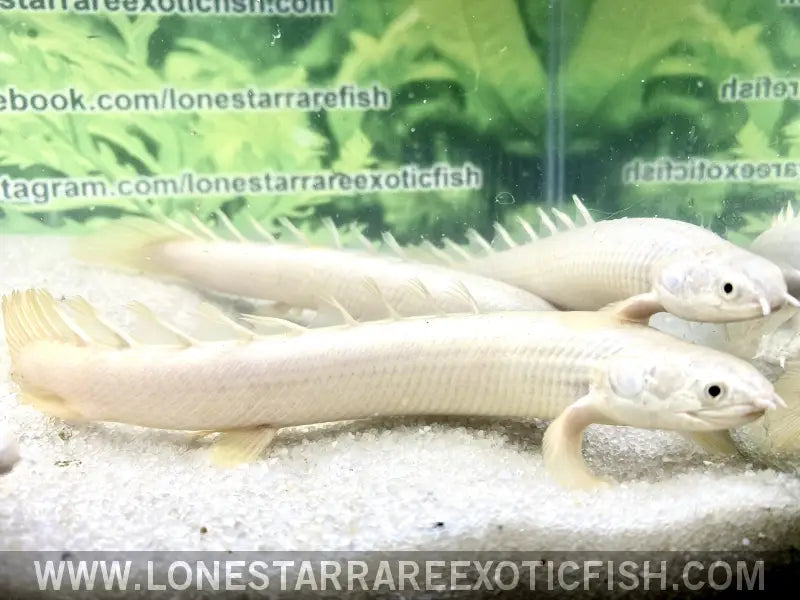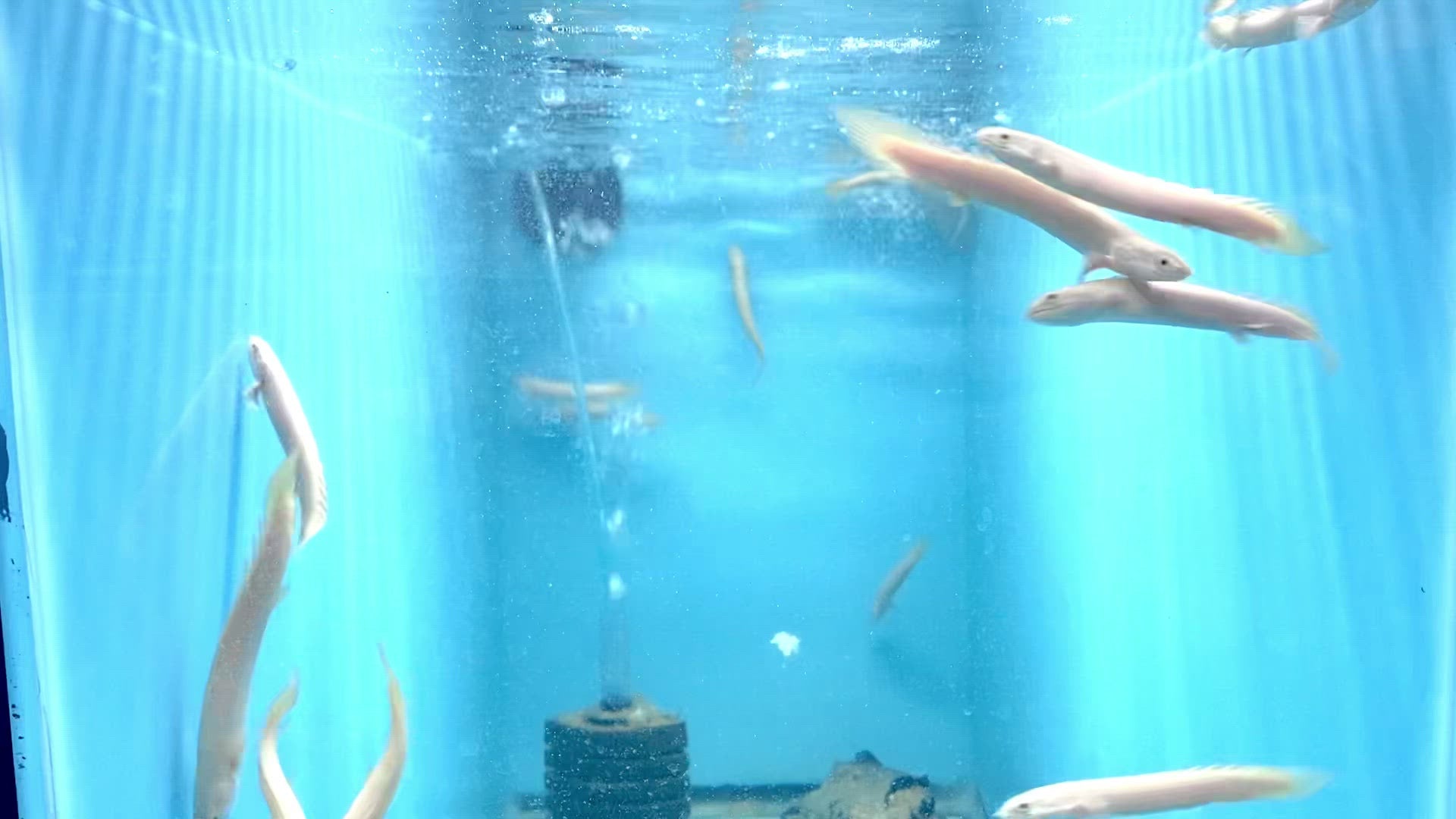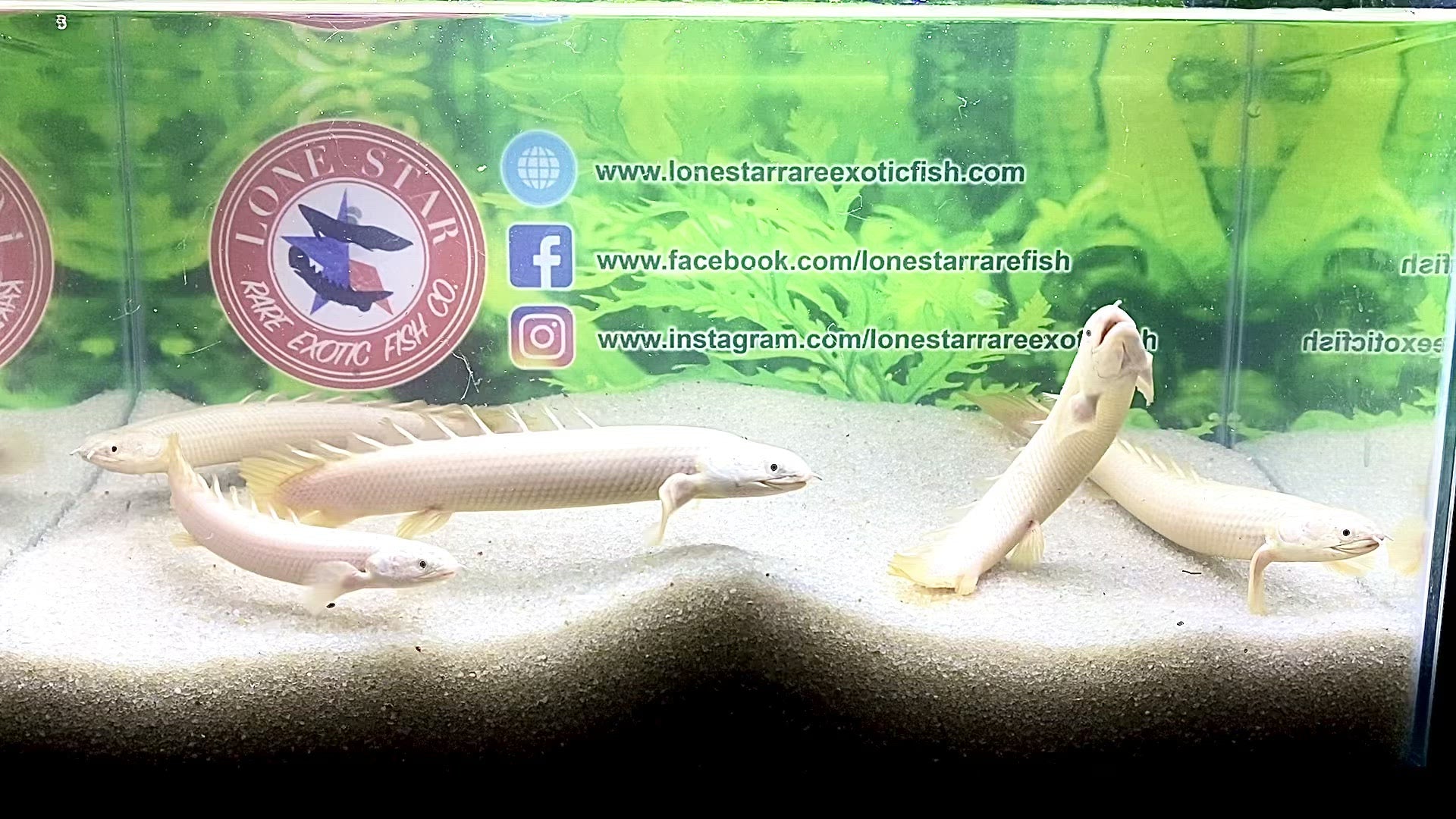Description
Common Name: Platinum Senegal Bichir
Scientific Name: Polypterus senegalus “Platinum”
Other Names: White Senegal Bichir, Leucistic Senegal Bichir
The Platinum Senegal Bichir is a selectively bred variant of the Polypterus senegalus, renowned for its striking, nearly translucent, creamy or white coloration. Like its wild counterpart, it features the elongated body and the unique pectoral fin structure characteristic of the Polypterus genus, resembling the standard Polypterus senegalus in nearly every way besides color. The bright color and sleek appearance are due to a genetic mutation called Leucism, which is a partial loss of pigmentation resulting in white, pale, or patchy coloration of the body, scales and fins, but not the eyes. Unlike albinism, where there’s a complete lack of melanin production, leucistic animals can produce melanin but have it reduced in some way. As a result, leucistic animals might still have some spots or patches of color, or they might be uniformly pale across their bodies. Unlike albinos, most leucistic animals have normally colored eyes. The condition is caused by a reduction in multiple types of pigment, not just melanin. Juvenile leucistic animals will often show more coloration than adults due to having a thinner layer of skin or scales, and their color will typically become more consistent and pure with age as the animals skin becomes thicker and less transparent. Platinum Senegal Bichirs have been selectively bred for the brightest coloration, making them a sought-after showpiece for many aquarium hobbyists. This variety of Senegal Bichir was once rarely ever seen available in the hobby, fetching top dollar whenever one would pop up. While still not often seen in the trade, over the years breeding efforts overseas have made the Platinum Senegal Bichir much more accessible and affordable than they once were.
Habitat and Distribution:
While the wild type, Polypterus senegalus, originates from freshwater habitats across West and Central Africa, the Platinum variant is primarily a product of captive breeding and doesn’t exist in the wild. Wild Senegal Bichirs are found in slow-moving rivers, swamps, and floodplains.
Size and Lifespan:
Platinum Senegal Bichirs typically reach a size of about 12 inches in captivity. With proper care, these fish can live upwards of 10-15 years.
Diet and Behavior:
They are carnivorous, preferring a diet of meaty foods such as frozen blood worms, chopped raw tilapia, and protein-rich pellets. In the wild, they are nocturnal hunters. In an aquarium setting, they might become more diurnal but still display heightened activity during dawn and dusk. An important thing to note is that the color of leucistic animals can be influenced by their diet, but not in the same way as it would for animals with typical pigmentation. Leucism results from a reduction in all types of skin pigments, not just melanin. While they have reduced pigmentation, they aren’t completely devoid of it. For many animals, the food they eat can influence their coloration. For example, salmon get their pinkish-orange flesh color from eating krill and other crustaceans rich in these pigments. In the case of leucistic animals, their reduced pigmentation might make underlying colors from blood vessels or food-derived pigments more visible than in normally pigmented individuals. While the diet might not “color” the animal in the traditional sense, certain foods might impact the visibility of whatever pigmentation remains, or influence the overall hue of the animal due to the transparency of the skin or scales. However, it’s essential to note that the primary characteristic of leucism (the genetic mutation resulting in reduced pigmentation) will not be reversed or significantly altered by diet, but subtle changes in hue or visibility of underlying colors might occur.
Breeding and Reproduction:
Breeding the Platinum variant is similar to the wild type. They are egg layers, and the male will usually guard the nesting area. It’s crucial to provide a suitable environment and diet for breeding conditions.
Aquarium Care and Tank Requirements:
A tank of at least 55 gallons is recommended, with a preference for larger tanks as they grow. The substrate should be soft to avoid injury to their underbellies. Moderate lighting is adequate, and the inclusion of hiding spots using driftwood or caves is beneficial.
Ideal Tank Mates:
They can be housed with similarly sized fish that aren’t overly aggressive. Avoid keeping them with very small fish, as they might view them as food. They generally do well with their own kind and other bichir species.
Difficulty Level:
Intermediate. While they are hardy fish, their specific requirements and potential size make them more suitable for those with some experience in fish keeping.
Water Parameters:
• Temperature: 76-82°F (24-28°C)
• pH: 6.2-7.8
• General Hardness (GH): 5-20 dGH
• Carbonate Hardness (KH): 3-10 dKH
• Ammonia: 0 ppm
• Nitrite: 0 ppm
• Nitrate: < 40 ppm, but ideally much lower
Additional Information:
• They have primitive lungs, allowing them to breathe atmospheric air, so it’s not uncommon to see them occasionally surface for a gulp of air.
• As with all bichirs, ensure the tank is well-secured, as they are known to be skilled escape artists.

